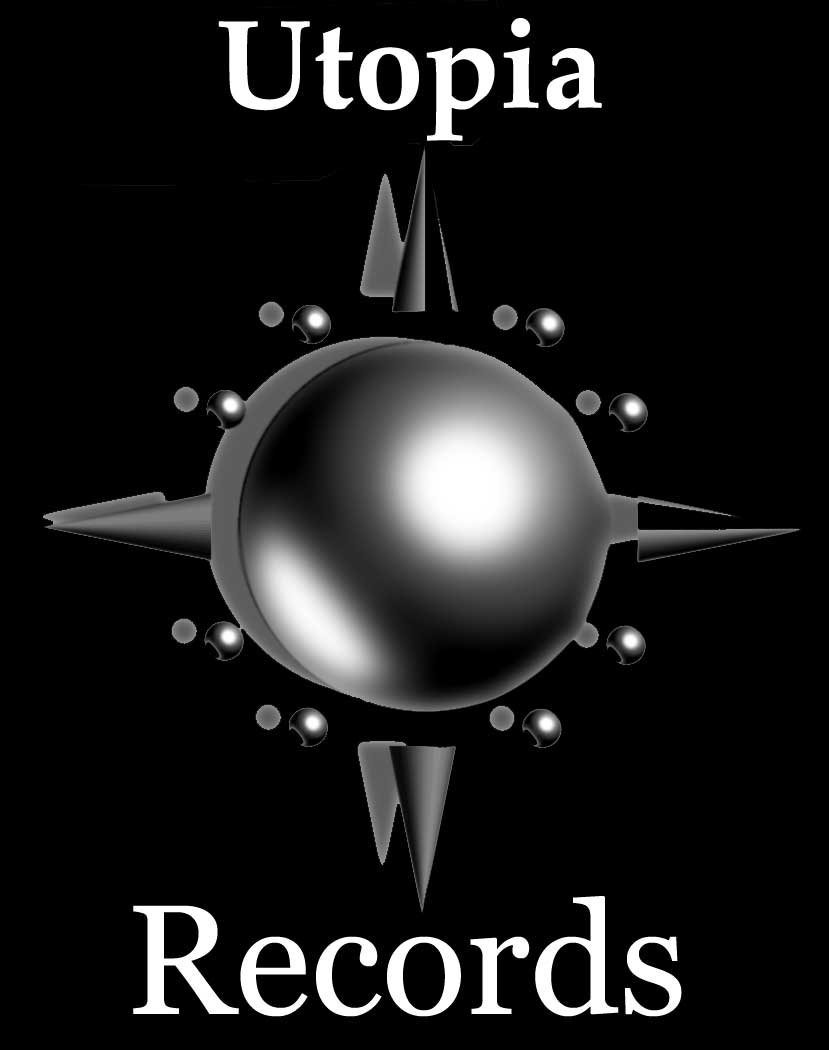|
|
LITR 5439 Literary & Historical Utopias
Brook Farm (1840s) /
Nathaniel Hawthorne, The Blithedale Romance (1852) |
|
European Renaissance (1400s-1600s) gave rise to many utopian texts and communities.
American Renaissance (1820s-60s) also many utopias.
1840s-50s: several demographic movements
Beginnings of large-scale non-WASP immigration following Irish Potato Famine
Manifest Destiny: expansion of USA boundaries westward: Indian Wars, US-Mexico War 1846-48
Urbanization: rural population increasingly moves to cities (Boston, New York, Baltimore, Philadelphia, Cincinnati)
Cherokee Trail of Tears 1820s-30s
Increasing migration of African Americans to North via Underground Railroad--Abolition
+
"First Wave" of American feminism: Seneca Falls Convention (1848) & other women's rights conventions (mostly NE & New England)
Millennialism: The "Millerites" were the first mass-culture apocalyptic movement in the USA, anticipating End-Times in 1843-44 (>Jehovah's Witnesses and Seventh-Day Adventists)
Temperance and other reform movements
+
Surprising number of intentional / experimental communities or utopias
Shaker communities
Mormon communities
Fourierist communities (<Charles Fourier 1772-1837, French utopian theorist) [La Reunion, a Fourierist community near Dallas, founded 1855]
Oneida Community
2007 presentation on Oneida Community
2005 presentation on Oneida Community
Web of American Transcendentalism
Nathaniel Hawthorne, 1804-1864
1850 The Scarlet Letter
1851 The House of the Seven Gables
1852 The Blithedale Romance
characters:
Miles Coverdale, minor poet, narrator
Hollingsworth, blacksmith, philanthropist
Zenobia, feminist intellectual
Priscilla, urban waif & spiritualistic medium
Westervelt, mesmerist-spiritualist
|
|
|
|
SOURCE: |
|
http://www.jstor.org/stable/20719763

